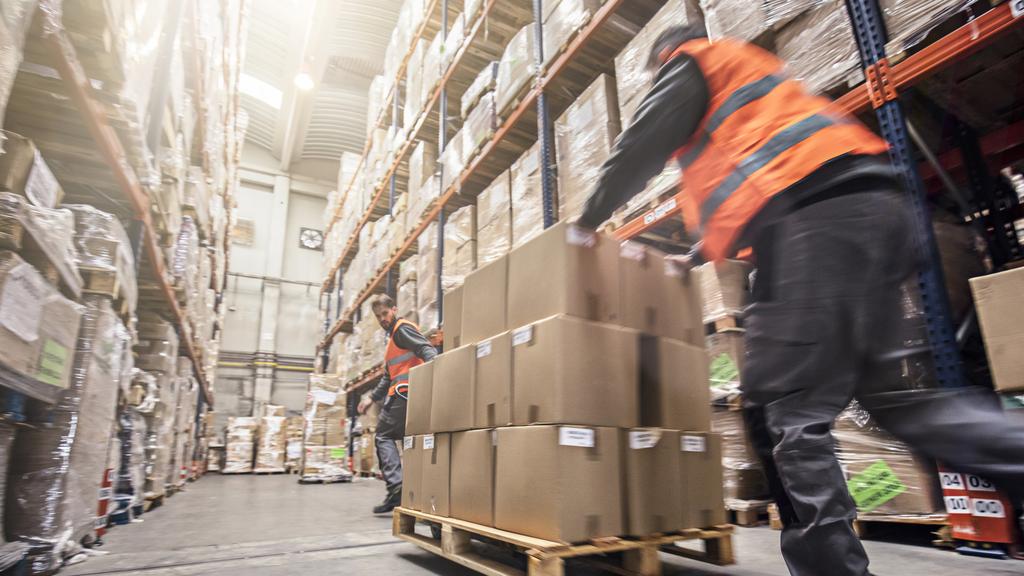Overseas buyers key in driving demand for Australian industrial property

Across Australia’s capital cities, industrial vacancy fell to a record low of just 2.2 per cent over the first half of this year.
Industrial real estate has been a strong contender for the best performing commercial asset class over the past year and particularly so over the last six months.
Not only has industrial property proven resilient since Covid-19 hit, these assets have actually benefited from the pandemic.
While shops and offices have seen vacancies rise, the opposite has occurred in the industrial and logistics sector. Across Australia’s capital cities, industrial vacancy fell to a record low of just 2.2 per cent over the first half of this year, according to CBRE’s Industrial Vacancy Report.
A record level of industrial space was leased last year, according to Colliers International Research, which is behind the fall in vacancy. Demand has not slowed, and Colliers predict we are well on track to see even higher levels of take-up this year.
E-commerce has been a significant driver of the increased demand for space, with last year’s lockdowns accelerating growth in online retailing. A booming construction sector buoyed by government infrastructure spends and the HomeBuilder grant has also been a contributing factor.
Indicative of growing occupier demand, searches to lease industrial property on realcommercial.com.au increased by 20 per cent year-on-year. Searches to buy industrial property have seen even stronger growth, up 45 per cent over the same period.
Higher search volumes have corresponded with higher transaction volumes and more than $6bn worth of industrial assets transacted over the first half of 2021 alone, according to Real Capital Analytics. This was the highest level of industrial sales recorded during the first half of a calendar year in more than a decade and accounted for 36 per cent of all commercial transaction volumes.
Driving the rise in industrial sales were overseas buyers who made up a whopping 59 per cent of volumes. This was the highest proportion of industrial sales attributed to overseas buyers on record, up from 26 per cent last year and 23 per cent in 2019.
This is unusual as, until last year, offices were the undisputed asset of choice for foreign commercial property investors.
While unusual, the trend towards industrial is not surprising. Investors are rethinking how they allocate their funds and reweighting their portfolios away from assets that carry greater risk in a post-Covid world, such as retail and office, to lower risk assets such as industrial.
Not only is the vacancy risk lower, but the outlook is good. In contrast to some other types of commercial real estate, Australian industrial property has seen both rents and land values rise over the past 12 months, with growth forecast to continue.
Demand from e-commerce is also expected to grow. Australia remains well behind other countries when it comes to online retailing, comprising just 9 per cent of total retail spend compared with 27 per cent in Britain and 14 per cent in the US. This room to grow is being seen as an opportunity by foreign investors.
The increased interest in Australia’s industrial and logistics sector from overseas buyers is placing upwards pressure on land values. According to CBRE, industrial land values across Australia increased by 11.6 per cent over the 12 months ending March 2021, while yields shed 57 basis points to average 5.15 per cent.
The potential to earn a 5 per cent yield in a market with falling vacancy and rising rents is appealing, and demand for Australian industrial assets from foreign investors is unlikely to abate any time soon.
Anne Flaherty is an economist with REA Group







